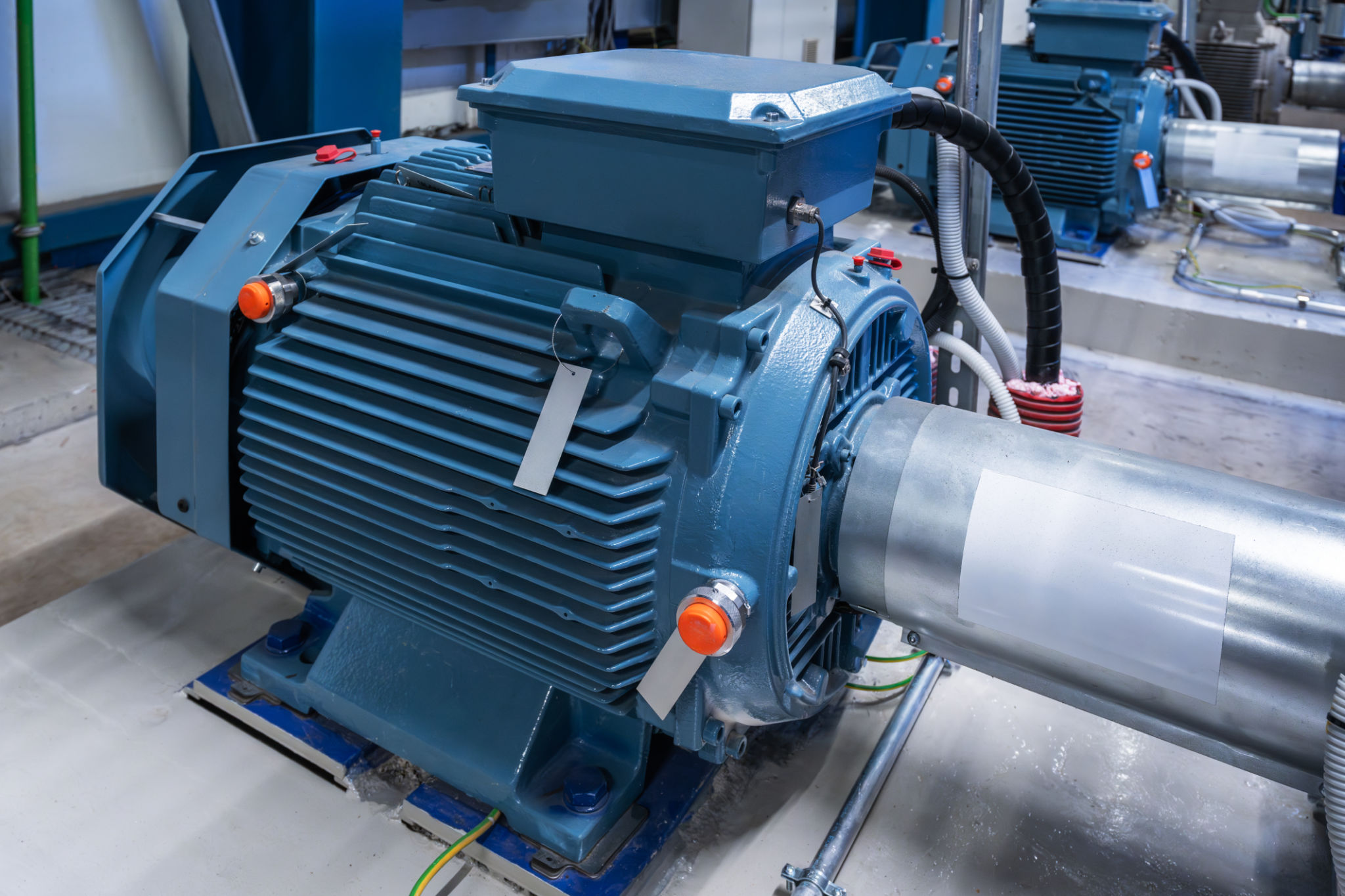A Comprehensive Guide to E-Axle Optimization for Electric Vehicles
The rapid evolution of electric vehicles (EVs) is transforming the automotive industry, and at the heart of this transformation lies the e-axle. This technology integrates the motor, power electronics, and transmission into a single unit, offering significant benefits in terms of efficiency and performance. To maximize these benefits, optimizing the e-axle is crucial.

Understanding the Components
An e-axle comprises several critical components that work together to drive an electric vehicle. These include the electric motor, inverter, and gearbox. Each component plays a vital role in ensuring efficient power delivery and smooth vehicle operation.
The Role of the Electric Motor
The electric motor converts electrical energy into mechanical energy, propelling the vehicle forward. Optimizing the motor involves choosing the right type—such as permanent magnet synchronous motors or induction motors—and ensuring it operates efficiently across various driving conditions.

Importance of Power Electronics
Power electronics, particularly the inverter, control the flow of electricity to the motor. By optimizing the inverter's design and cooling systems, manufacturers can improve overall efficiency and reduce thermal losses. This ensures that more energy from the battery is used for propulsion rather than being lost as heat.
Design Considerations for Efficiency
Several design considerations are essential for optimizing e-axles, including weight reduction, compactness, and integration of components. Lightweight materials and compact designs contribute to better vehicle efficiency by reducing energy consumption.

Advanced Cooling Systems
Effective thermal management is vital for maintaining e-axle performance. Advanced cooling systems help manage heat generation and dissipation, ensuring components operate within optimal temperature ranges. This not only improves efficiency but also extends the lifespan of the e-axle components.
- Liquid cooling systems
- Heat sinks and thermal interfaces
- Innovative cooling channel designs
The Impact on Vehicle Performance
Optimizing the e-axle has a direct impact on vehicle performance. Improved efficiency leads to longer range and better acceleration, enhancing the overall driving experience. Additionally, optimized e-axles contribute to quieter operation and reduced maintenance requirements.

Conclusion
As electric vehicles continue to gain popularity, the need for efficient and high-performing e-axles becomes increasingly important. By focusing on the optimization of components such as motors, power electronics, and cooling systems, manufacturers can significantly enhance vehicle performance and efficiency. This not only benefits consumers but also contributes to a more sustainable future in transportation.
